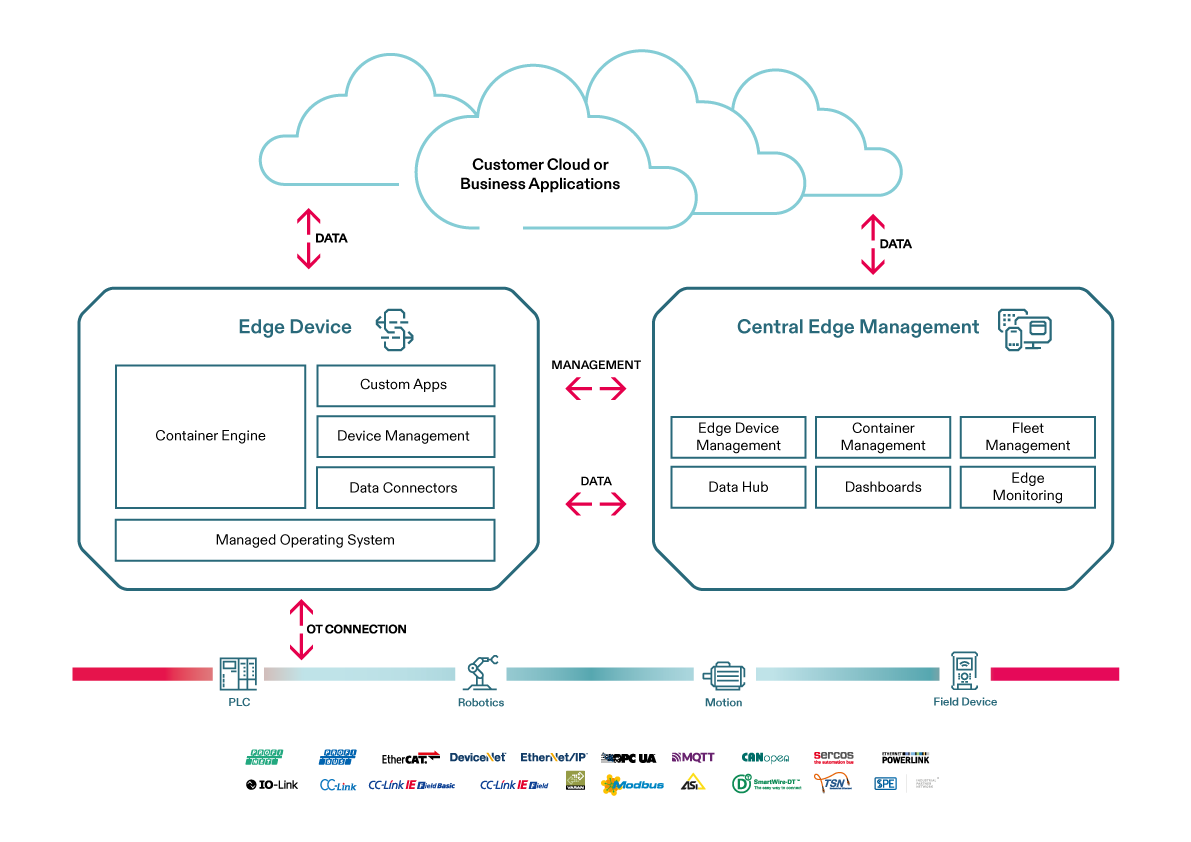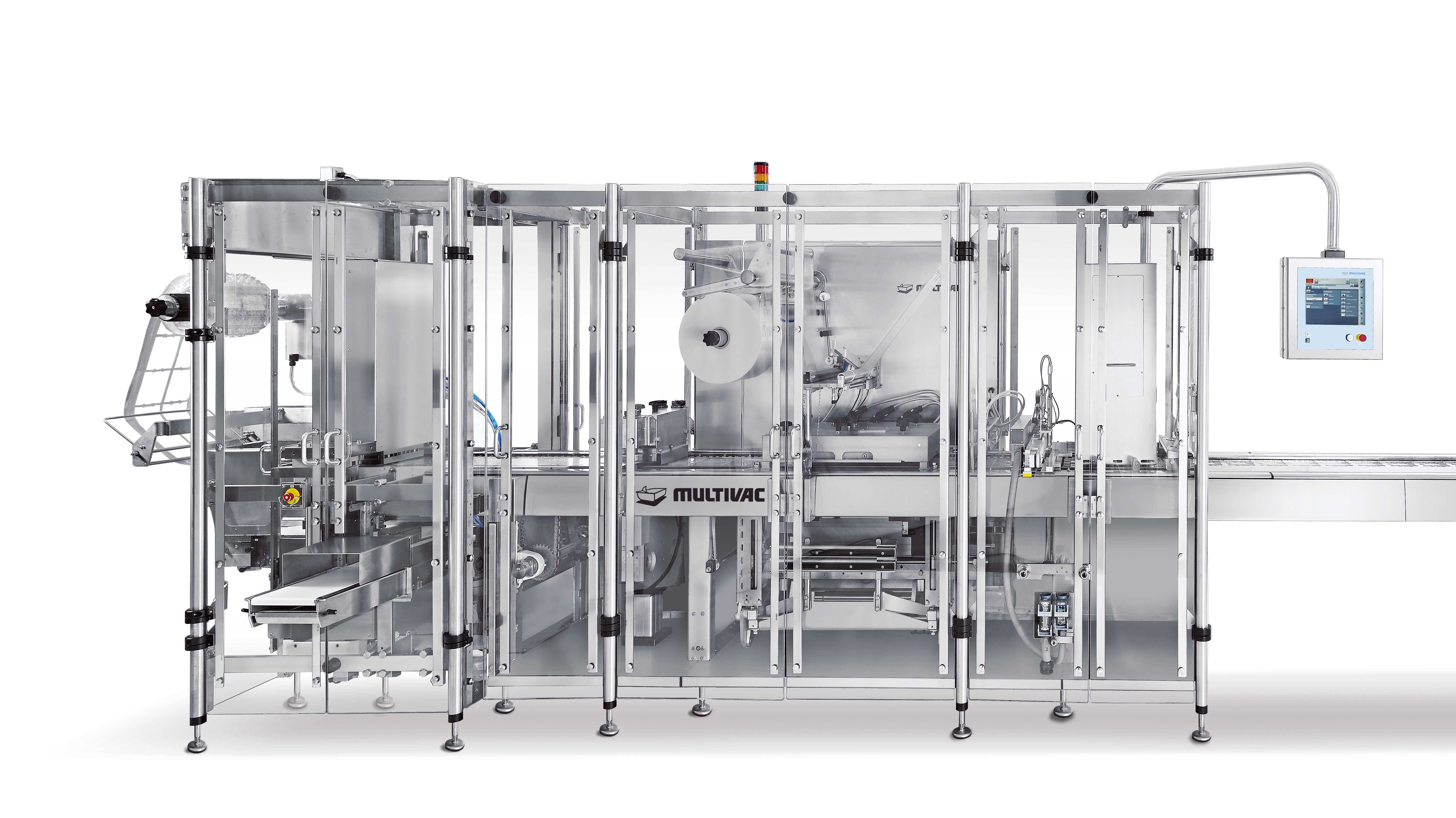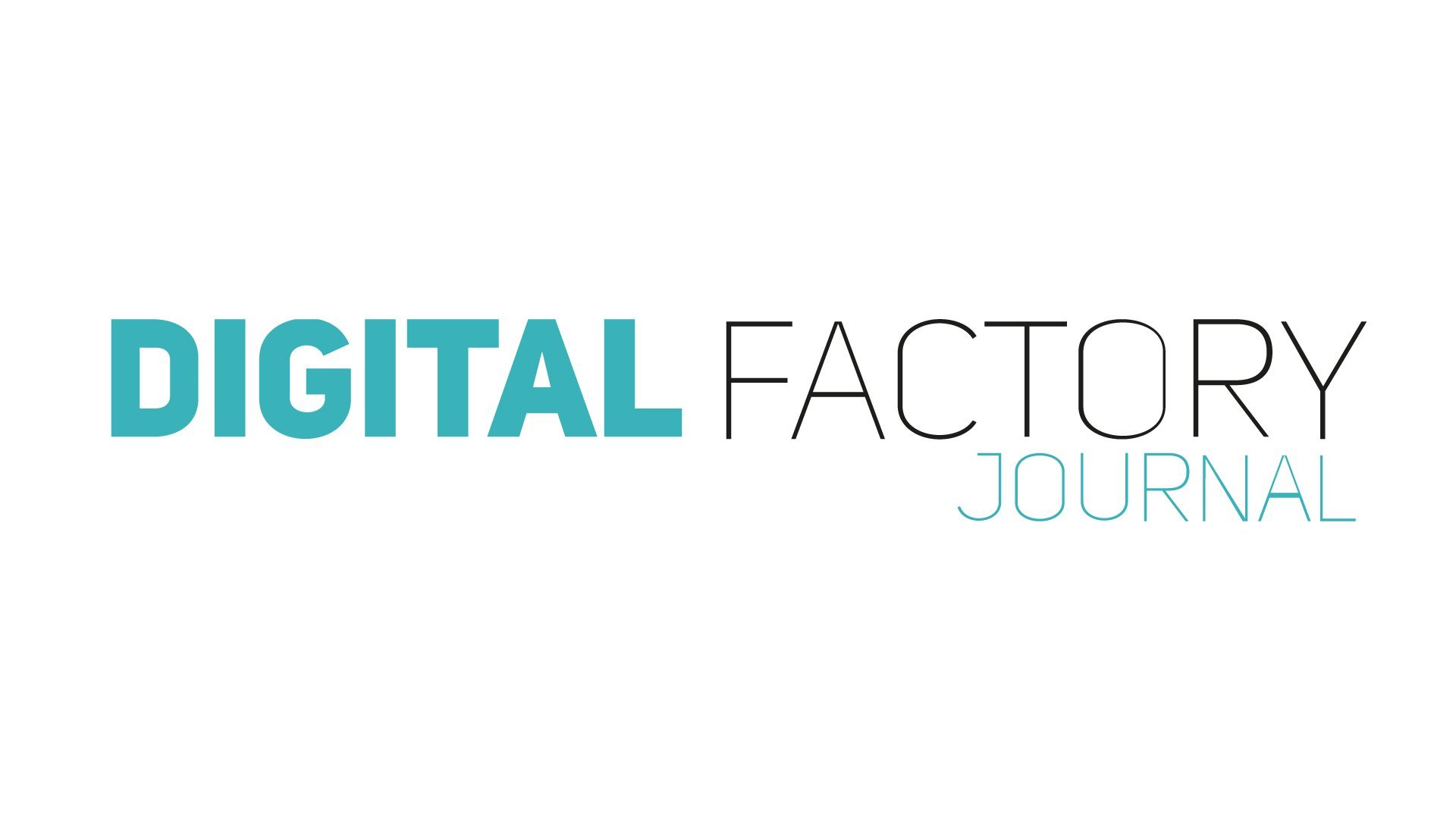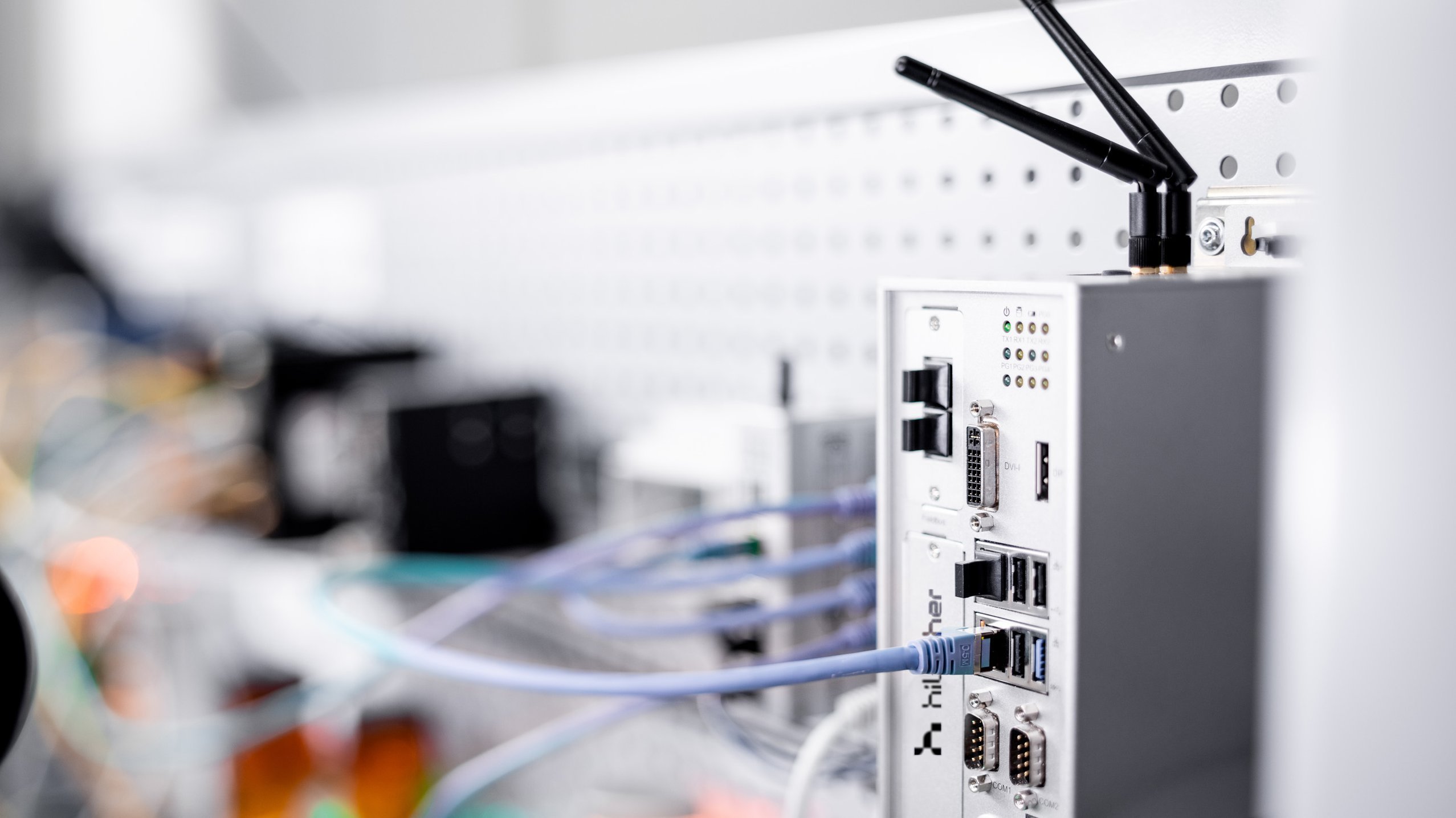With its gateways and the netFIELD cloud, Hilscher aims to make machines smarter and more efficient, and provides the complete infrastructure needed to do so. “We leave the data analysis to our customers, who understand their own data better than we do,” adds U. Schnepf. A good example of this is the packaging machine manufacturer MULTIVAC, which has developed digital tools that have now been rolled out and are running on Hilscher gateways worldwide. This enables transparent processes and real-time data, which go a long way in making MULTIVAC systems more efficient.
Remote access also offers advantages during commissioning. “During the Corona pandemic, virtual commissioning proved to be valuable,” says U. Schnepf. At that time, it was often the case that machines could be delivered but not commissioned and therefore not billed because on-site access was not possible or skilled workers were not available. Many machine manufacturers are also considering offering Software-as-a-Service (SaaS). “Digital services help to optimize machine operation, which is particularly important when there is a shortage of skilled workers,” adds the manager.
According to U. Schnepf, another Hilscher customer and leading provider of thermal spraying technology offers its customers Smart Services as an add-on product to the machines. This increases their efficiency, boosts throughput and contributes to greater sustainability and transparency. The solution is based on netFIELD as the IIoT infrastructure. “Our Edge Gateways are installed in every machine ex works and activated as required,” says U. Schnepf.
In addition to machine manufacturers, Hilscher also offers its services to plant operators in order to combine data from different machines and operate plants more efficiently. “This also applies to older systems that are retrofitted,” adds the Head of Product Management IoT. The IoT solutions are also of interest to software manufacturers, for example, who are exploring ways to incorporate artificial intelligence into machines.









